Florida is known for its hot and humid climate, which can affect the roofs of homes and buildings. Residents and property owners in the state need to choose a roof that can withstand harsh weather conditions and provide reliable protection for their property. If you reside in Florida, you know your roof requires special attention due to Florida’s unusual climate, which includes constant rain, wind, sun, and tropical storms, which pose challenges to roofing materials.
Understanding the various types of roofs in Florida and the differences between them can assist you in selecting the best roofing solution. Read on as we explore the different types of roofs popular in Florida and the features that make them suitable for the state’s climate.
Most Common Florida Roof Types
There are numerous types of roofs in Florida to choose from. The structure you get will decide how much comfort and durability your home will have. Here is a list of the most common Florida roof types.
Asphalt Shingles
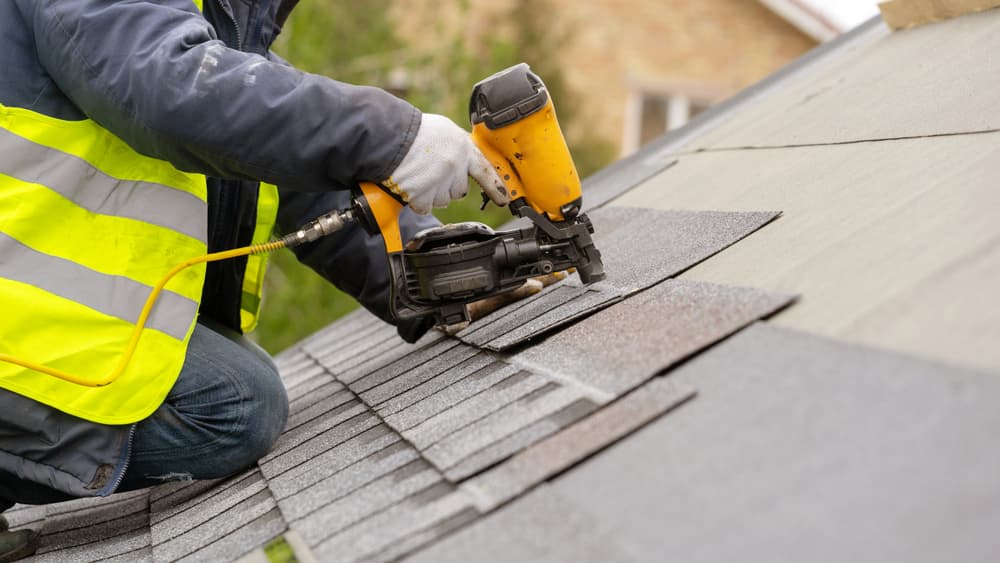
Asphalt shingles have long been one of Florida’s most popular roof types. They are both inexpensive and visually appealing. Also, they can be used with nearly any type of architecture and have an average lifespan of 20–30 years, assuming there are no weather issues such as storm activity.
Despite their elegance and popularity, asphalt shingles have some drawbacks. This type of roofing is lightweight and does not withstand severe hurricanes, winds, and storms like other types of roofs in Florida. Some are installed without wind protection and will blow away in heavy storms. Furthermore, aging shingles can distort, crack, shatter, and even bend in the high temperature of Florida summers.
Asphalt shingles are still one of the finest options for most Florida homeowners due to their great fire, cold, and water resilience. They are suitable for the more moderate weather that most Florida residents experience.
Metal Roofing
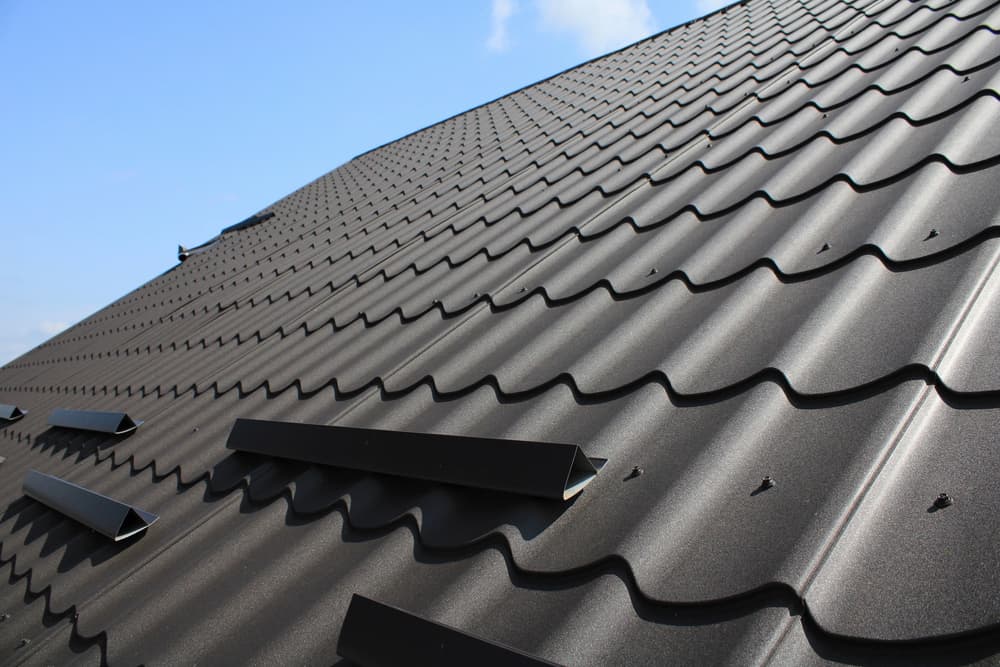
Metal roofing remains one of the valuable innovations in the roofing industry. They are an excellent option for asphalt shingles because of their durability and longevity. Metal roofs are also simple to repair and fairly priced, which is advantageous when handling a roof that requires regular repairs due to weather challenges. It is one of the strongest roofs that can resist storms, especially winds reaching 160 mph.
Unlike shingles and tiles, metal roofs reflect sunlight, making them capable of limiting heat absorption. However, it has some disadvantages, such as if you want a more appealing design, this sort of roofing may be costly. Furthermore, they only last for an average of 50 years before needing to be replaced, which is significantly less than the lifespan of other roofing materials. A total replacement may be required based on the extent of damage to the roof, such as dents from hail or debris.
Tile Roofing
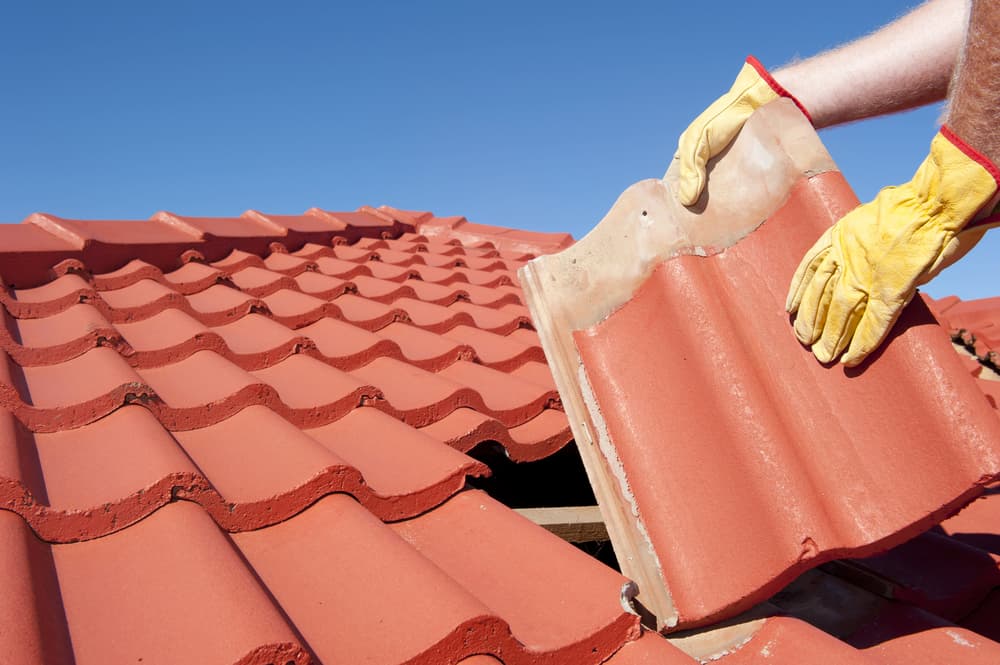
Tile roofing can be created using various materials, including fired clay, ceramic, and slate. One of its advantages is that it outperforms many other roof materials in terms of durability and longevity. A well-maintained contemporary tile roof can survive for 50 years on average. Tile roofing is also fire and weather-resistant and requires minimal maintenance. They also have a gap between them, allowing for natural airflow, which minimizes the necessity for cooling systems and, thus, saves energy.
One downside of tile roofing is that it is expensive and heavy; therefore, it requires suitable structural strengthening to properly sustain the tile roofing system.
Flat Roofing
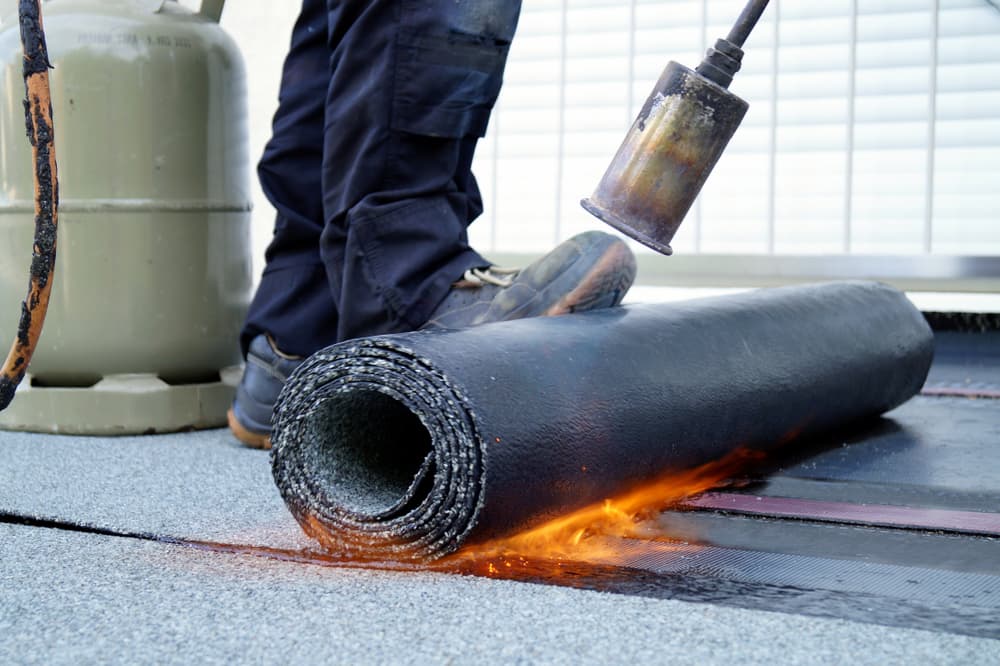
Flat roofing, unlike other types of roofing, does not require slopes. Its roof is of identical height on both sides, with only a slight upward inclination. It can be fashioned of any material, such as asphalt, rubber, or PVC, as long as it is water-resistant and robust enough to hold your home’s weight. Flat roofing is also simple to access and maintain, making it popular for residential and commercial buildings in Florida. It has a typical lifespan of 15 to 20 years.
Flat roofs are more prone to damage, especially in high winds and heavy rainstorms. Even while leaks are prevalent, they might be challenging to spot. It is critical to consider additional protection, like gutter installation, when selecting this sort of roof for your home.
Factors to Consider When Choosing a Roofing Material
Here are some of the factors you need to look into when selecting a roofing material:
- Cost: This helps you know the available roofing materials options and the amount you’re willing to spend.
- Climate and weather conditions: This will assist you in deciding how durable and heat-resistant your roofing should be. Some roofing materials perform better in particular conditions, thus ensuring you get what your home requires.
- Lifespan: Materials with high durability and longevity are preferred since they require minimal to no repair or roof replacement.
- Maintenance requirements: Metals, for instance, require far less maintenance, making them ideal for busy homes.
Choose the Best Roofing Company in Miami
A&E Brothers Roofing is your trusted roofing company in Miami, Florida. We are a team of knowledgeable roofing specialists with more than 50 years of combined experience in the industry. You can trust our team to deliver on time and within budget. Contact us today to schedule a consultant for our roofing services.
